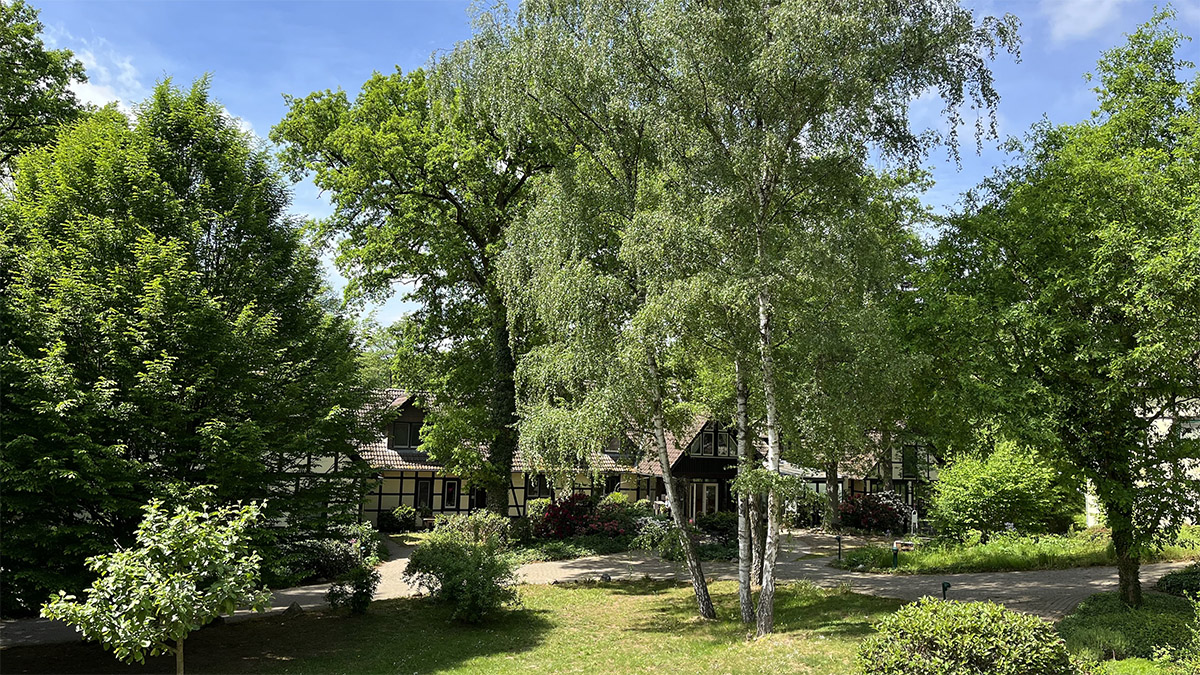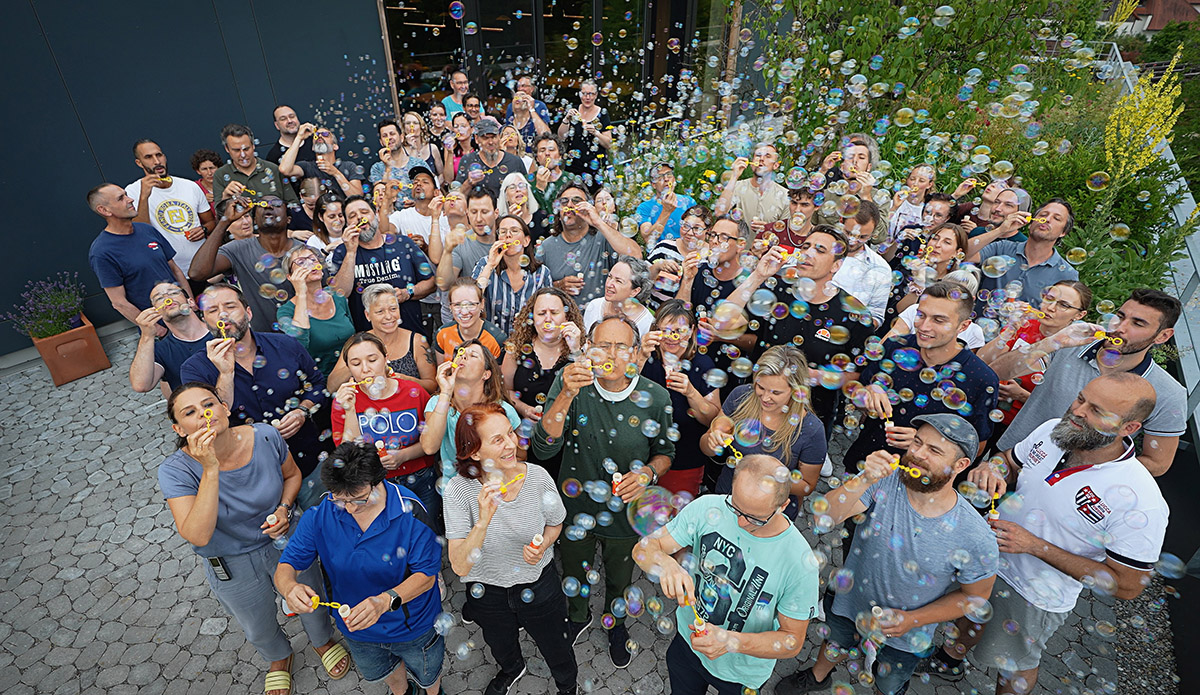Special Theme: Interior design trends

A product’s appearance – or rather its design – plays a huge role for today’s consumers, particularly within the interior sector. We are surrounded by furniture and interior design products that render our homes liveable.
Not just stand-alone products, they have evolved into a design element with a vital role to play within the room, as discerning consumers mull over how a product will complement its surroundings, rather than basing decisions purely on desire. Similarly, architecture – in terms of the creative layout of the walls, room division and floorspace – can be used to create optimal, individual living styles. As a result, we see liveable, meticulously thought-out spaces, be it the kitchen, bathroom, living or bedroom, creating a fitting atmosphere for its residents.
So while interior design is tuned to individuals, there are certain trends for 2016, demonstrated by the winners of the Iconic Awards 2016: Interior Innovation, the international interior design competition held by the German Design Council. Beginning with the trend-setting silhouette furniture, with constrasting black edges, white surfaces and a delicate, almost fragile design vocabularly, appears to have dematerialisation as its goal, whereby the object elegantly retreats into the ambiance. On the one hand this design current reduces material use to a minimum by employing new technologies and processes, while on the other hand it takes on contours to reveal the trusted guise of something evocative: graphic, linear and emblematic, appearing as a soft, dark silhouette.
A further trend involves re-editions of wellknown classsics. After original pieces of ‘Mid-Century Style’ stepped up to become collecters’ pieces, the 1950s and 1960s are reflected in current creations, leading many companies to confront their own heritage, revamping former pieces from archives and launching them as re-editions. Often completely faithful to their predecessor, others may deviate slightly to suit today’s contemporary market.
In terms of materials it is interesting to note trends such as the contrasting use of materials like copper, wood and concrete within one product, whereby the technical properties of said materials are united – or on a new quality level where basic materials such as concrete, stone or wood can imitate the form of ceramic plates or laminates.
The furniture industry is not unfamiliar with customisation, be it through upholstery covers, veneers and colour, but today’s digital world has created wider opportunities for holistic approaches and new dimensions to individual design. This offers consumers the option to combine modular products with an almost limitless choice of materials and surfaces. Online configurators help consumers to formulate their wishes and capture them. Much like the car industry, computer-aided manufacturing and logistics enable costeffective production.
TEXT: ANDREJ KUPETZ, CHIEF EXECUTIVE OFFICER, RAT FÜR FORMGEBUNG / GERMAN DESIGN COUNCIL.
TRANSLATION: EMMIE COLLINGE
Subscribe to Our Newsletter
Receive our monthly newsletter by email




